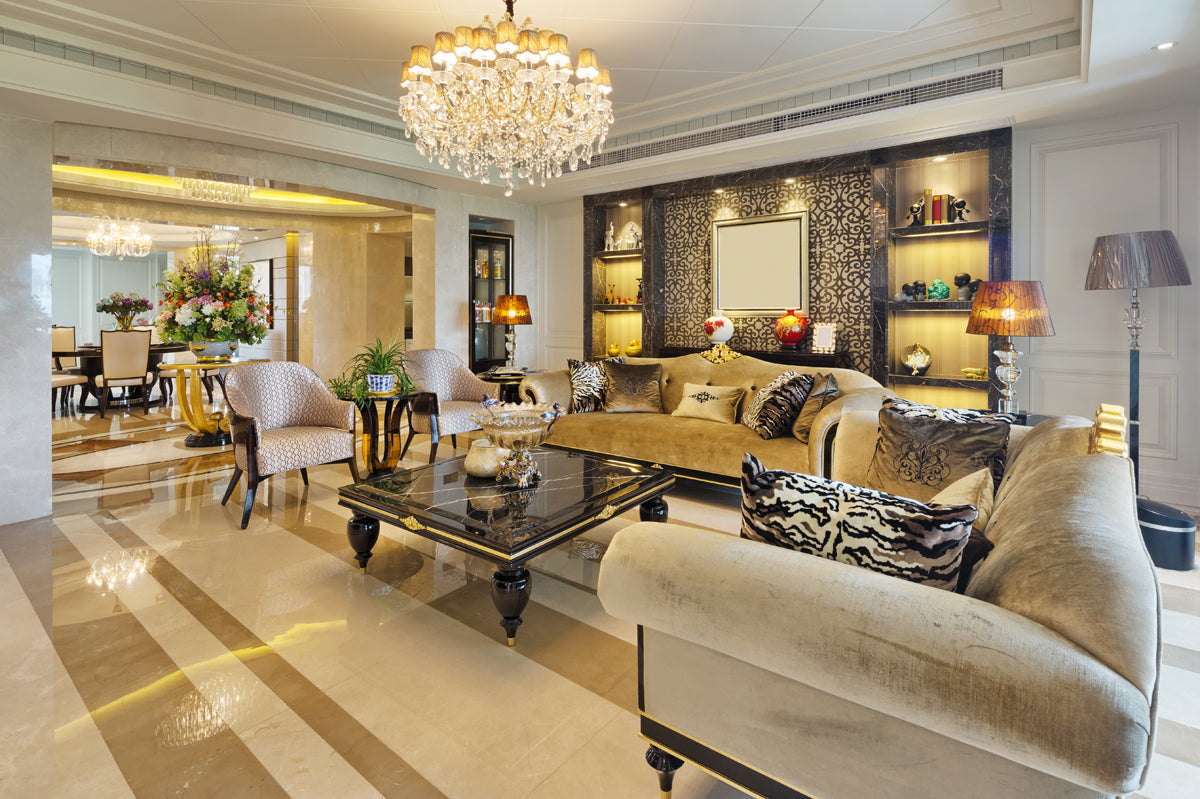On orders $99+
On orders $99+

The question of whether to have matching light fixtures throughout your home is a conundrum many homeowners face. On one hand, uniformity can create a sense of cohesion; on the other, it might lead to a lackluster, monotonous environment. So, how do you strike the perfect balance? Let's explore the pros and cons of using matching light fixtures in every room, and offer some guidelines to help you make the most informed decision.
Matching light fixtures can impart a sense of unity and coherence across different spaces in your home. This approach works exceptionally well for open-concept designs, where living spaces flow seamlessly into one another. A uniform lighting scheme can create a harmonious transition from room to room, enhancing the architectural lines and overall aesthetics of the space.
On the flip side, opting for different lighting fixtures in each room provides an opportunity to highlight the unique character and function of each space. For instance, a glamorous chandelier may be apt for a formal dining room, while sleek pendant lights could better suit a modern kitchen.
Who says you have to choose one over the other? One common strategy designers employ is using different iterations of the same lighting style. For example, you might choose fixtures with similar shapes but different sizes or finishes to maintain a core design element while allowing for variety.
Deciding whether to have matching light fixtures in every room boils down to your personal aesthetic, the functionality of each space, and the mood you want to set. While matching fixtures can create a unified look, diversifying allows for greater expression and functionality. A hybrid approach can offer a happy medium, letting you maintain a cohesive aesthetic while still celebrating the uniqueness of each room.
So, the next time you find yourself pondering this lighting conundrum, remember that the best choice is the one that aligns with your vision for your home, allowing it to shine in its best light—literally and metaphorically.
That wraps up our exploration of whether or not to opt for matching light fixtures in every room. We hope this article has shed some light (pun intended!) on the subject, giving you the insights you need to make the best decision for your home.
Leave a comment